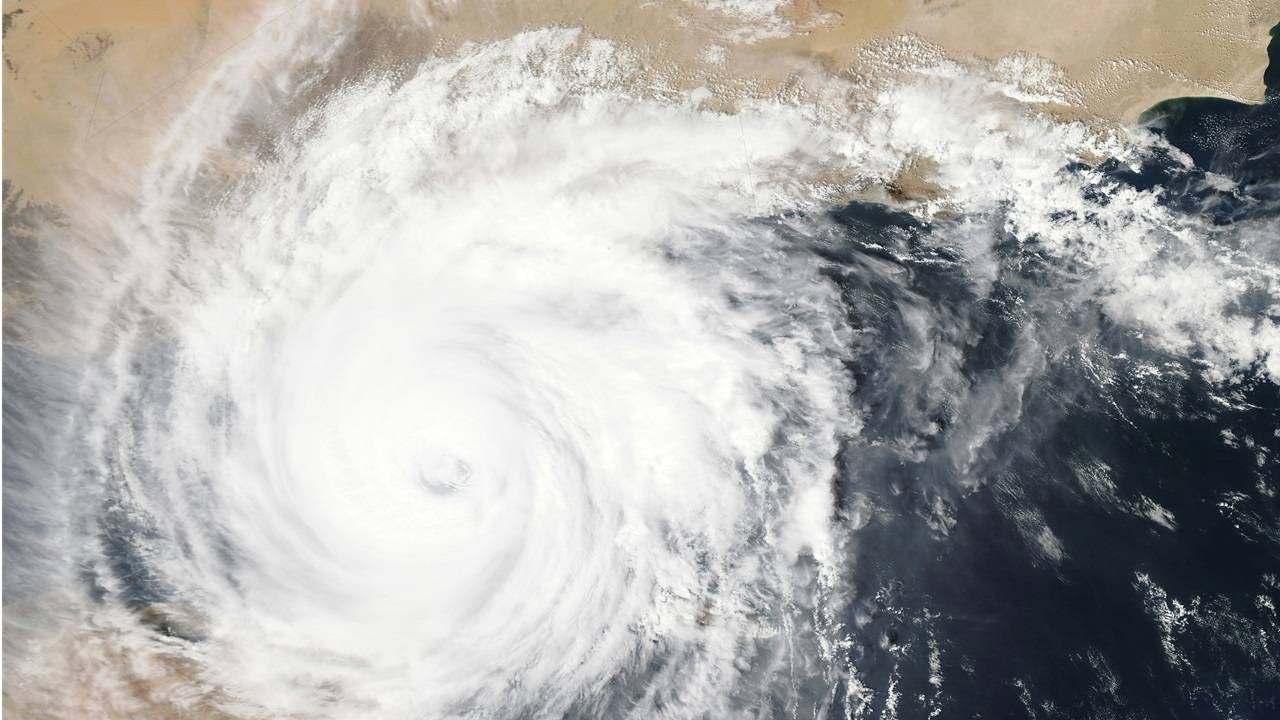
India is bracing for a diverse range of weather phenomena as multiple weather systems converge across the country. While the capital is officially entering summer with a maximum anticipated temperature of 32° C and a minimum of 16° C, the India Meteorological Department (IMD), a cyclonic circulation over west Vidarbha and several troughs extending from south Tamil Nadu to west Vidarbha and from Jharkhand to north Coastal Andhra Pradesh are expected to influence the weather patterns.
Additionally, an anti-cyclonic circulation lies over Westcentral and adjoining Northwest Bay of Bengal off the Odisha coast. These weather systems are set to trigger scattered to fairly widespread light to moderate rainfall across various regions. Gangetic West Bengal and Odisha are likely to experience showers from the 18 to the 21 of March, with the possibility of hailstorms and squalls on the 19. Similar weather patterns are forecasted for Jharkhand, Vidarbha, Chhattisgarh, East Madhya Pradesh, and Bihar from March 18 to March 20 of March, with isolated heavy rainfall expected over Odisha on March 19 and March 20
Northeastern states, including Arunachal Pradesh, Assam, Meghalaya, Nagaland, Manipur, Mizoram, and Tripura, can expect scattered to fairly widespread rainfall from the 18 to the 24 of March.
Western Disturbances and Temperature Trends
The influence of western disturbances remains prominent in the weather forecast. A feeble disturbance observed near Pakistan, along with another fresh disturbance expected to impact the Western Himalayan Region from the night of the 20 of March, is likely to bring isolated to scattered light rainfall or snowfall over Jammu-Kashmir-Ladakh-Gilgit-Baltistan-Muzaffarabad, Himachal Pradesh, and Uttarakhand.
Meanwhile, maximum temperatures across the country are expected to remain above normal by 2-3°C in many parts, except for select regions. Coastal districts of Saurashtra & Kutch, Kerala and Mahe, Rayalaseema, Tamil Nadu, Puducherry, and Karaikal are expected to experience hot and humid conditions. Northwest India may see a gradual rise in maximum temperatures over the next 4-5 days, while Central and East India could witness a fall in maximum temperatures over the next 3 days, with no significant change thereafter.
Weather Update for North India
Frequent precipitation continues to grace India’s northwestern regions, courtesy of consecutive western disturbances. As the country transitions into summer, these systems are poised to bring more rain and snow to the region. Himachal Pradesh and Uttarakhand are likely to witness light rain or snow between the 18 and 19, and again from the 21 to the 24 of March.
Similar conditions are expected in Jammu and Kashmir from the 18 to the 24 of March. Expect a significant dip in temperatures across various districts, with Srinagar and Gulmarg experiencing notable declines. Srinagar's daytime highs may drop to 12-14°C, while Gulmarg could see temperatures hovering around a freezing 3°C.
IMD has issued a yellow watch for Uttarakhand on Monday, indicating a need for updated information. Similar alerts will be in place for Jammu-Kashmir and Ladakh from Thursday to Friday. As of March 17, Jammu-Kashmir, Ladakh, Himachal Pradesh, and Uttarakhand have received significant rainfall, resulting in varying degrees of excess precipitation compared to normal levels.
















